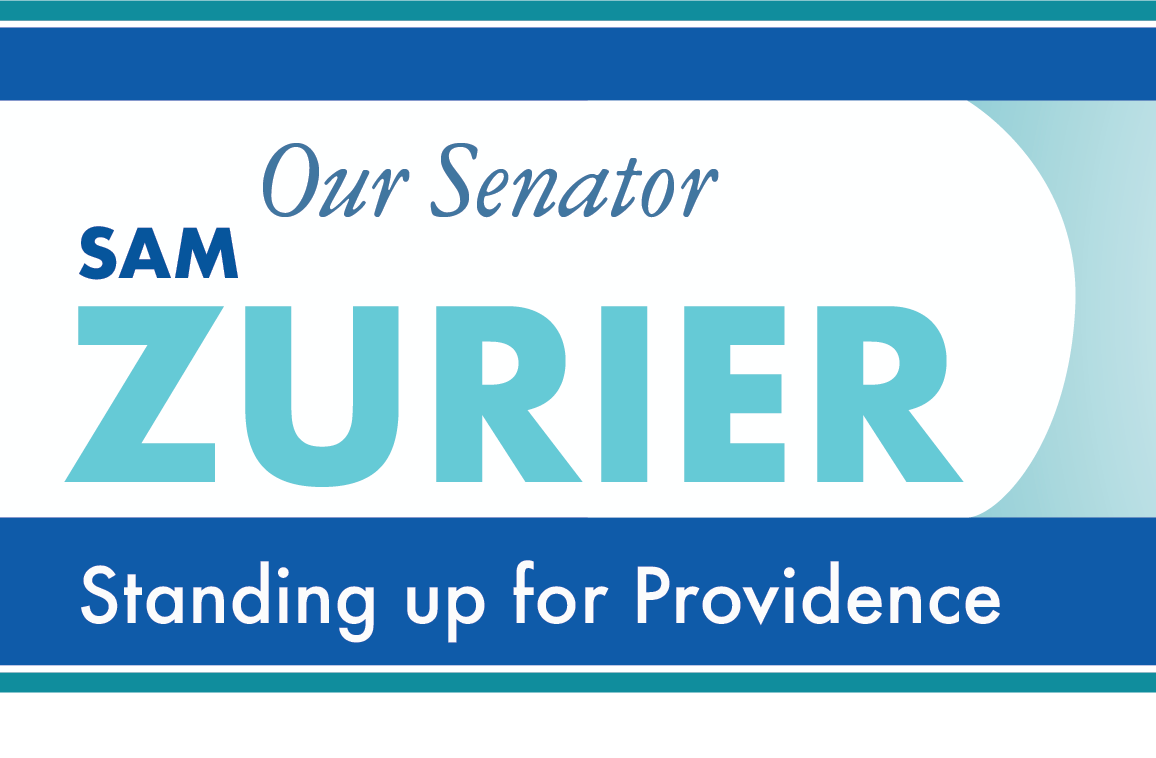While we say farewell to the Red Sox season and to Big Papi’s illustrious career, this week’s letter discusses the infrastructure bond and the tentative agreement with the fire fighters.
In last week’s letter, I noted the City’s infrastructure is in desperate need of repair, and November’s ballot will contain an infrastructure bond proposal to address some of those needs. Unfortunately, the City Council leadership is holding up the bond until the administration agrees to a requirement that individual Council members have discretionary control over expenditures, creating what the Mayor has called “slush funds.” In response, on Thursday, I and four of my colleagues issued this joint statement:
“The City Council leadership is holding the infrastructure bond resolution hostage to a ransom demand of ‘slush funds’ controlled by individual members. This ransom demand, when combined with the imminent deadline, seeks to extract political advantage from the City’s extensive infrastructure needs and scarce capital funds. With less than a month before Election Day, the City has not provided voters enough information concerning the infrastructure bond, and time is almost up. We urge our constituents to vote against the infrastructure bond unless a ‘clean’ bond resolution is approved in the next week.”
The City Council meets on Thursday, so we will know by then whether the voters will have a bond worth voting for.
As the City Council prepares to vet the City’s tentative agreement with the fire fighters, I have prepared a Web page compiling information about the some of the underlying issues I am studying. The tentative agreement offers savings by reducing the “minimum manning” from 94 to 88. “Minimum manning” refers to the number of fire fighters who must be on duty for every shift. With a four-platoon system, each “minimum manning” person costs the City approximately $500,000 per year; therefore, the tentative agreement can save the City approximately $3 million per year by its six-person “minimum manning” reduction. With that said, I plan to investigate whether it is possible to have an even lower “minimum manning” number consistent with national fire safety standards for our City. The tentative agreement proposes finding the reductions in fire fighters alone, but I am studying whether we can find further reductions in our ambulance corps, which currently counts for 14 of the “minimum manning figure. The City Council’s policy research staff prepared a Memo which notes that our ambulances currently transport many people who do not need the full range of services (paramedics, equipment and immediate transportation) that our ambulance service provides. Many of our ambulance rides are for alcoholics who need a place to dry out, or patients who need a ride to the doctor. The cities of Fort Worth and Louisville have developed “nurse triage” programs, where a nurse determines whether the 911 caller’s needs are less acute, and can be adequately served by alternative treatment or transportation. According to a Study published in the Annals of Emergency Dispatch Research, these programs provide suitable alternative transportation for low-acuity patients at a cost that is 60% lower than an ambulance. In another Report by EMS1.com, Louisville has achieved a 28% saving in the cost of its ambulance program by changing to a “nurse triage” system. Before we lock ourselves into a five-year contract, I plan to discuss these and other possible cost-saving alternatives with the administration and my colleagues.
Sincerely,

